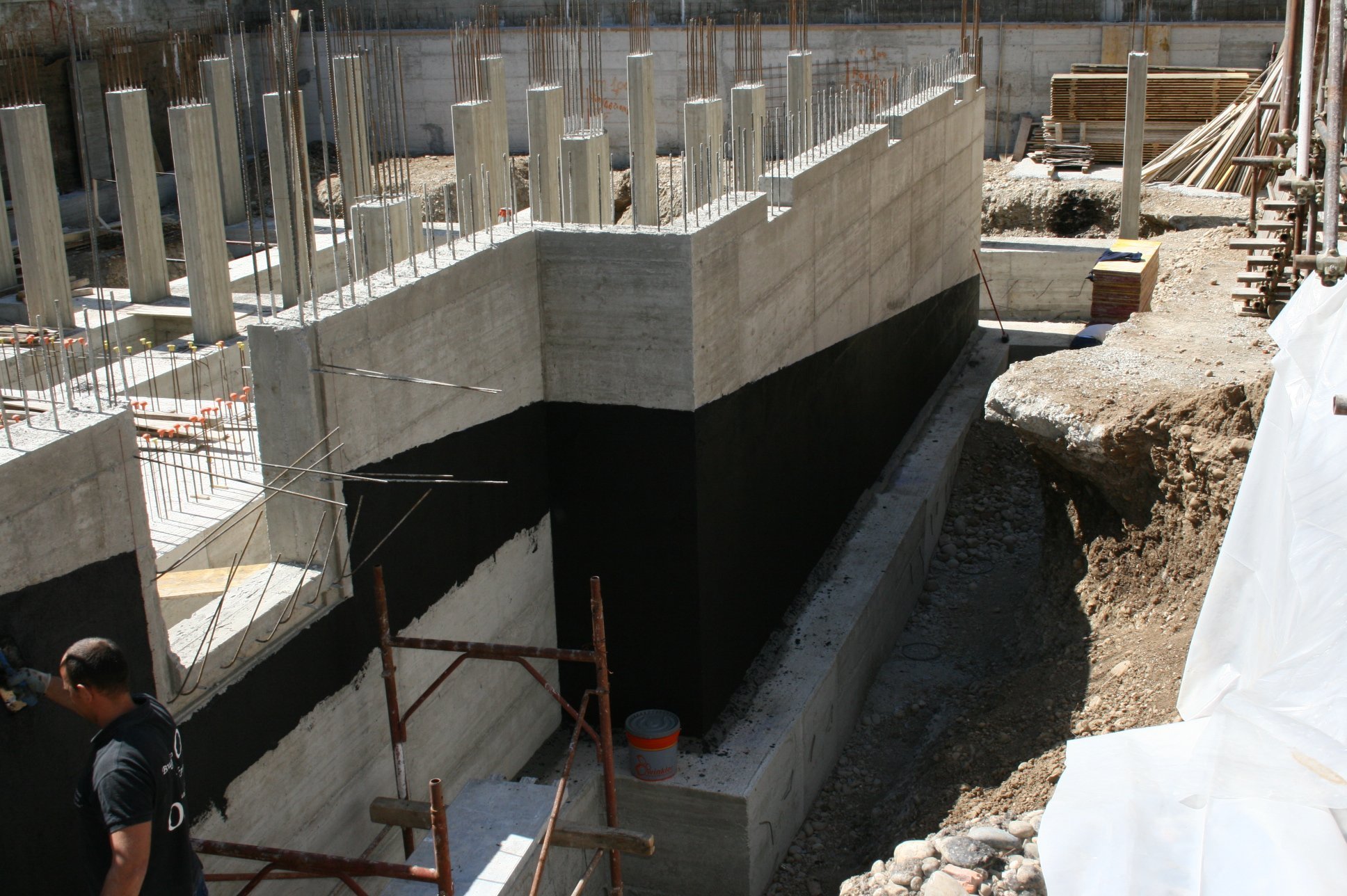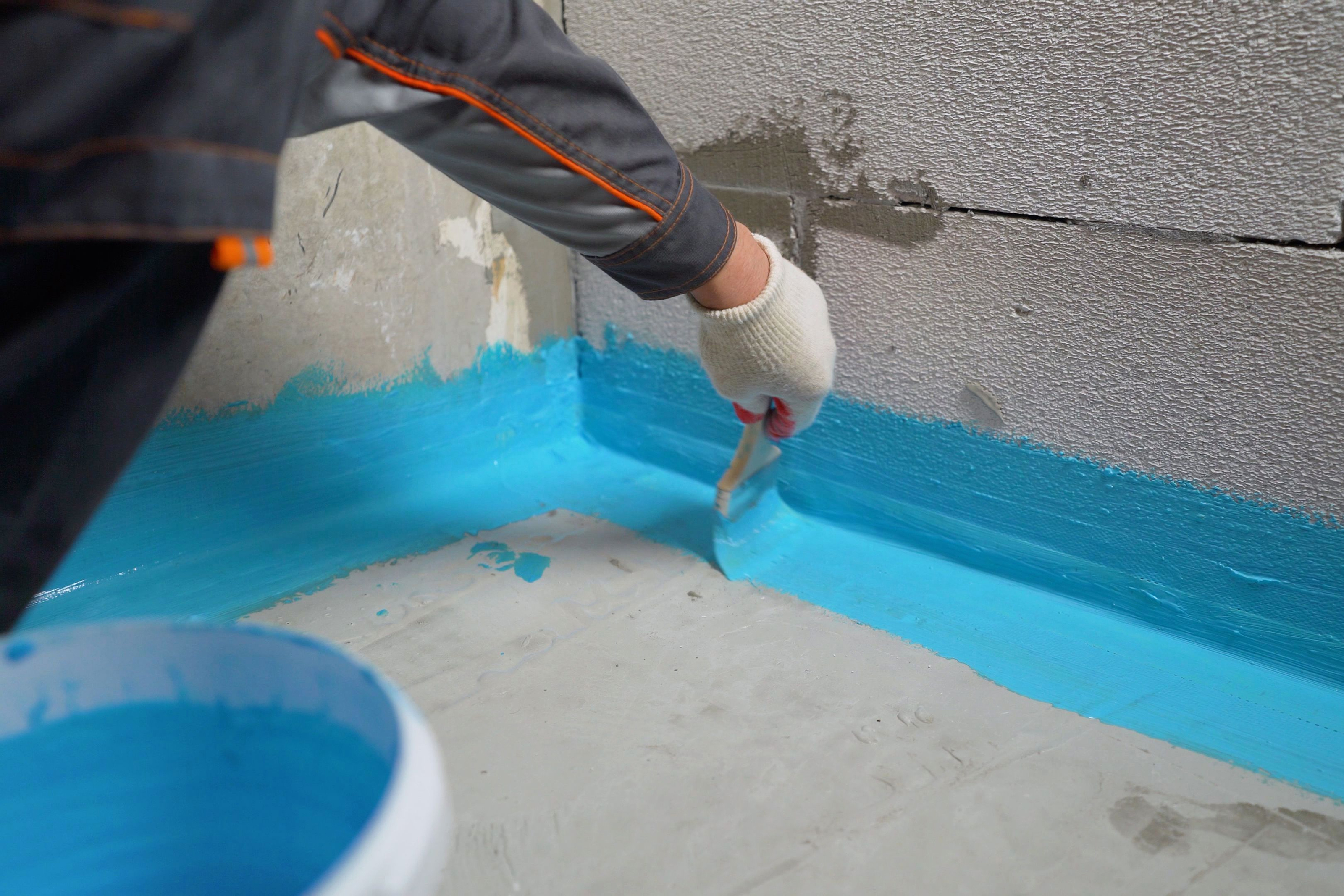Exactly How Waterproofing Works: A Detailed Appearance at Methods and Technologies
Waterproofing is vital for protecting frameworks from moisture-related damage. It involves numerous methods and technologies that produce obstacles versus water intrusion. Typical techniques, such as compressed clay, exist together with modern developments like liquid-applied membranes. Comprehending the nuances of these approaches is vital for efficient application. The effectiveness of any kind of waterproofing solution pivots not just on the techniques utilized yet also on recurring upkeep and evaluation. What are the crucial factors that influence lasting performance?
Comprehending the Essentials of Waterproofing
Waterproofing is a necessary process that safeguards frameworks from water breach, which can lead to considerable damages with time. This technique includes the application of numerous products and techniques developed to produce an obstacle versus moisture. The primary goal is to avoid water from passing through surfaces, which can trigger deterioration, mold and mildew growth, and structural instability.Various aspects affect the option of waterproofing method, including the sort of framework, its place, and ecological problems. Understanding the physics of water activity and the residential properties of various products is critical in selecting a reliable waterproofing solution.Effective waterproofing not just safeguards structures yet additionally boosts their long life and honesty. Generally, it is integrated right into the layout stage of building and construction to assure detailed defense. As awareness of water-related issues expands, the relevance of recognizing waterproofing basics ends up being increasingly clear to designers, contractors, and building proprietors alike.
Standard Waterproofing Methods
Traditional waterproofing methods have been made use of for centuries, counting on tried and true techniques and products to secure structures from water damages. Among the oldest methods entails using clay, which, when compacted, develops a natural barrier versus wetness. Additionally, asphalt, a sticky, black material derived from oil, has been employed for its waterproof homes, frequently used to roofings and foundations.Another technique entails the application of lime-based plasters, which supply a breathable layer that allows dampness to leave while protecting against water ingress. Thatch roof covering, a standard method still seen in some societies, offers superb waterproofing due to its snugly packed straw layers.Moreover, using stone and block has actually projected, as these products are inherently immune to water when properly set up. Generally, traditional waterproofing approaches emphasize the relevance of choosing proper materials and construction techniques to enhance longevity against water invasion.
Modern Waterproofing Technologies
Innovations in modern waterproofing modern technologies have actually changed the way structures are shielded from water damages. Innovative strategies such as liquid-applied membranes and sophisticated sealers have actually enhanced the effectiveness and adaptability of waterproofing options. These technologies permit seamless application, minimizing the threat of leakages and making certain comprehensive insurance coverage over intricate surfaces.Moreover, the combination of clever technologies, such as dampness sensors and automated monitoring systems, allows real-time analysis of waterproofing performance. This proactive method assists in prompt maintenance and minimizes long-lasting repair work costs.Additionally, improvements in spray-applied finishes supply fast application and exceptional attachment, adjusting to numerous substratums while giving robust security. Techniques like polymer-modified systems further enhance flexibility and resilience, making them suitable for diverse settings. On the whole, contemporary waterproofing innovations not just minimize water invasion however also add to the long life and sustainability of structures, marking a considerable shift in the industry.
Products Utilized in Waterproofing
The effectiveness of waterproofing remedies greatly counts on the materials utilized in their application. Numerous materials are used to produce barriers versus water access, each with distinct residential properties suited for various atmospheres. Commonly made use of products include membranes, finishes, and sealants.Liquid-applied membranes, often made from polyurethane or acrylic, develop a seamless obstacle that adjusts to intricate surfaces. Sheet membranes, usually built from rubber or thermoplastic, offer resilience and are perfect for bigger locations. In addition, cementitious waterproofing products, composed of cementitious compounds, provide superb attachment and flexibility.Sealants made from silicone or polyurethane are crucial for joints and joints, making sure thorough security. In addition, innovative materials, such as geo-composite membranes, combine several functions, enhancing performance. Generally, the choice of waterproofing materials is important in accomplishing lasting and effective water resistance, tailored to specific task requirements and environmental conditions.
Usual Applications of Waterproofing
Waterproofing plays a crucial role in various industries, ensuring the durability and stability of frameworks. Common applications include residential check my reference solutions that shield homes, industrial facilities that safeguards companies, and industrial settings that require durable security against wetness. Comprehending these applications highlights the importance of waterproofing in maintaining both safety and security and functionality across different settings.
Residential Waterproofing Solutions
Lots of property owners face difficulties with moisture intrusion, making efficient residential waterproofing solutions essential. Different approaches exist to address this concern, consisting of interior and outside waterproofing systems. Inside options often involve the application of sealers and finishes to cellar wall surfaces, which aid prevent water infiltration. Exterior methods commonly consist of the installation of drain systems and water-proof membrane layers that divert water away from the foundation.Additionally, homeowners may consider sump pumps to remove water accumulation and dehumidifiers to control moisture degrees. Proper grading and the usage of seamless gutters likewise play an essential function in managing water circulation around the home. By executing these methods, home owners can substantially lower the risk of water damages and mold and mildew growth, address guaranteeing a dry and safe living setting.

Industrial Facilities Security
Effective waterproofing solutions play a vital function in the defense of business facilities. Landscape drainage Omaha. These methods are vital for guarding buildings, vehicle parking structures, and bridges from water damages, which can endanger architectural stability and bring about expensive repairs. Typical applications consist of the installation of membrane layers, layers, and sealants that create obstacles versus moisture seepage. Locations such as cellars, roof coverings, and outside wall surfaces are frequently prioritized to ensure longevity and longevity. In addition, waterproofing systems can boost power performance by protecting against water-related issues that might lead to mold and mildew development and deterioration. By applying durable waterproofing measures, homeowner can secure their investments and preserve functional efficiency, ultimately adding to the general sustainability of commercial facilities
Industrial Applications Introduction
While various industries face special challenges, the demand for trusted waterproofing solutions stays a continuous in industrial applications. Industries such as manufacturing, building, and power commonly encounter settings where moisture exposure can threaten architectural stability and operational performance. In producing facilities, waterproofing is essential for securing equipment and products from water damage. In construction, it safeguards structures and basements versus groundwater seepage. The energy industry depends on waterproofing for the defense of equipment in hydroelectric plants and overseas frameworks. In addition, food processing markets make use of waterproofing to ensure health and compliance with safety standards. In general, reliable waterproofing remedies are crucial for boosting resilience, safety, and productivity across different industrial settings.
Upkeep and Longevity of Waterproofing Solutions
Waterproofing options are designed to offer lasting defense versus moisture intrusion, regular maintenance is important to assure their performance and longevity. Routine evaluations play a substantial function in determining prospective problems such as splits, peeling off, or indicators of water damage. Addressing these issues without delay can protect against additional degeneration and expensive repairs.Additionally, cleaning up the surface area of waterproof areas aids remove dust and particles that can endanger the honesty of the waterproofing barrier. It's also advisable to reapply protective coatings or sealers as recommended by manufacturers to preserve optimal efficiency. Ecological elements, such as UV exposure and extreme climate condition, can affect the lifespan of waterproofing products, making normal assessment essential
Regularly Asked Inquiries
Can Waterproofing Be Applied in Winter?
The question of applying waterproofing in chilly weather condition raises concerns about bond and treating. Lots of items may not perform at their best in reduced temperatures, demanding mindful choice and factor to consider of specific standards for effective application.
How Much Time Does Waterproofing Usually Last?
The period of waterproofing effectiveness differs based upon materials and environmental aspects. Typically, it can last from five to ten years, however regular upkeep and inspections are necessary to guarantee peak efficiency and long life.
Is Do It Yourself Waterproofing Effective and Safe?
The efficiency and safety and security of do it yourself waterproofing rely on various aspects, including material quality and application strategy. While some people attain satisfactory outcomes, others might experience concerns that compromise long-lasting protection and structural integrity.
What Are the Indicators of Failing Waterproofing?
Signs of falling short waterproofing consist of visible water spots, peeling off paint, mold growth, musty smells, and wetness in wall surfaces or ceilings - Sump pump installation & replacement get more Omaha. These indicators recommend endangered obstacles, requiring timely examination and potential remediation to avoid more damages
How Do I Choose the Right Waterproofing Contractor?
